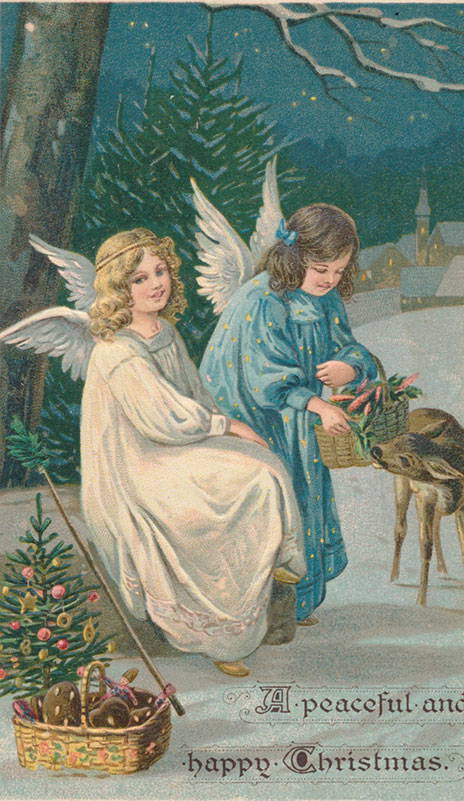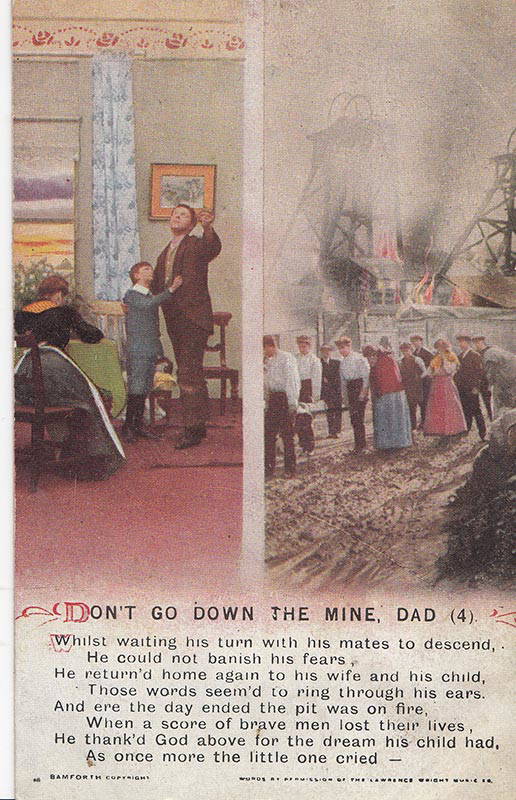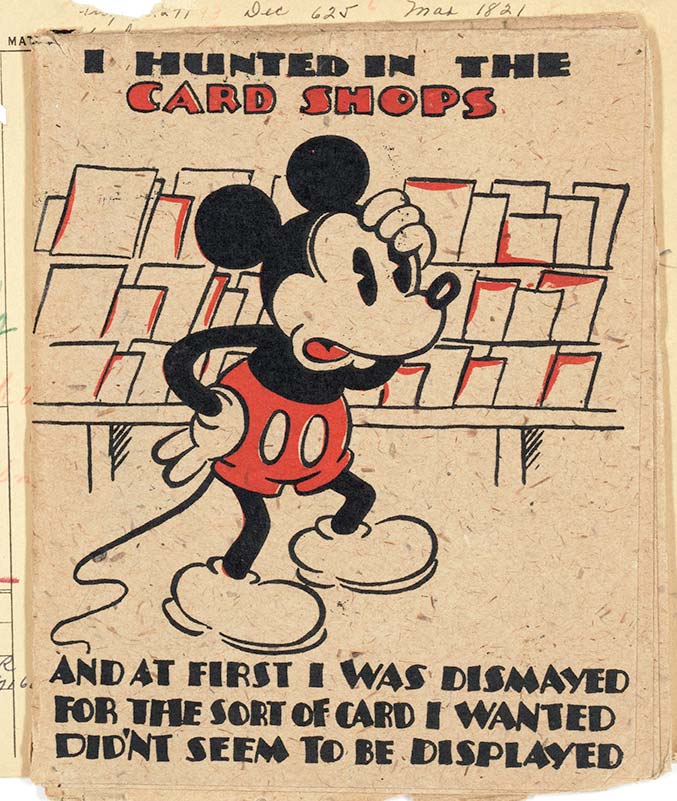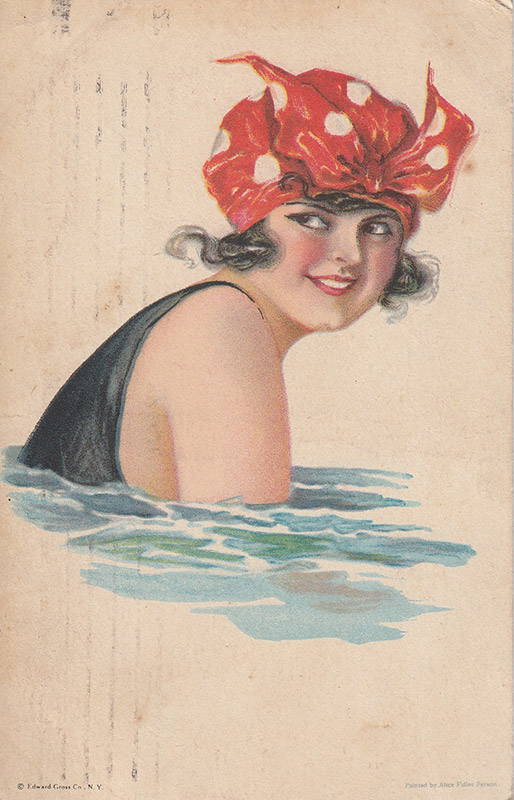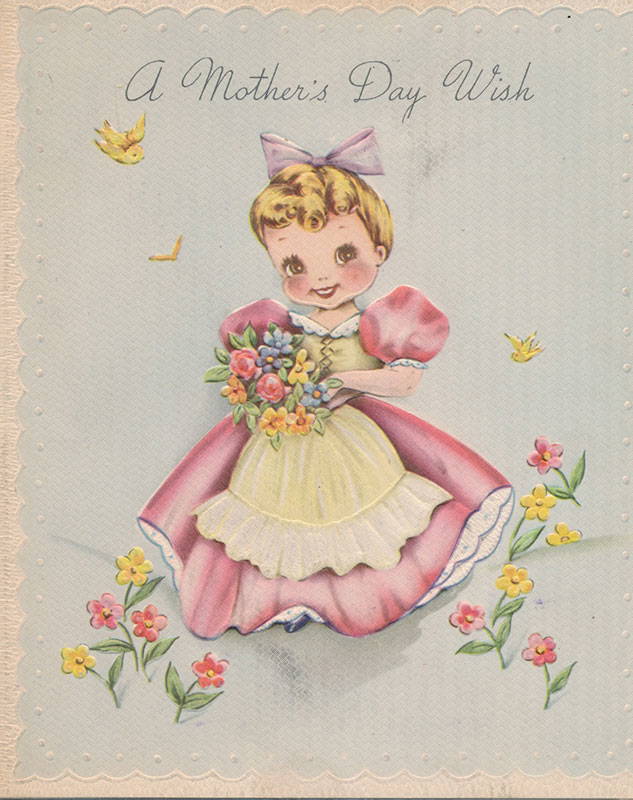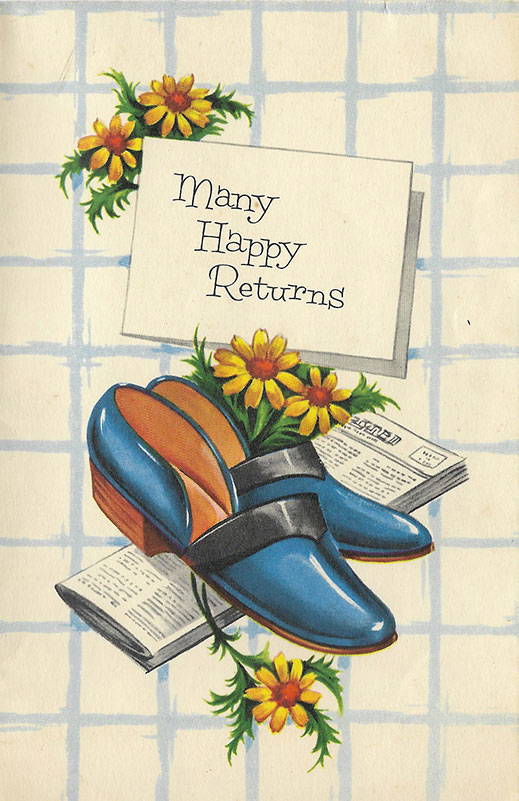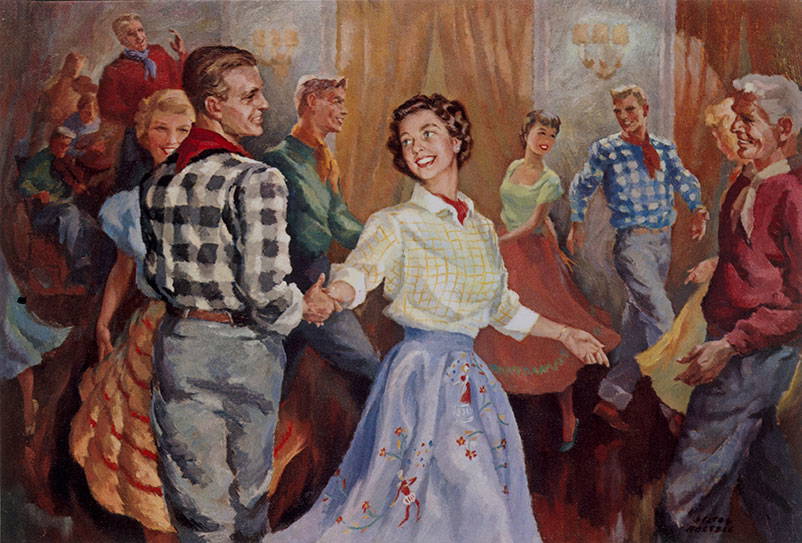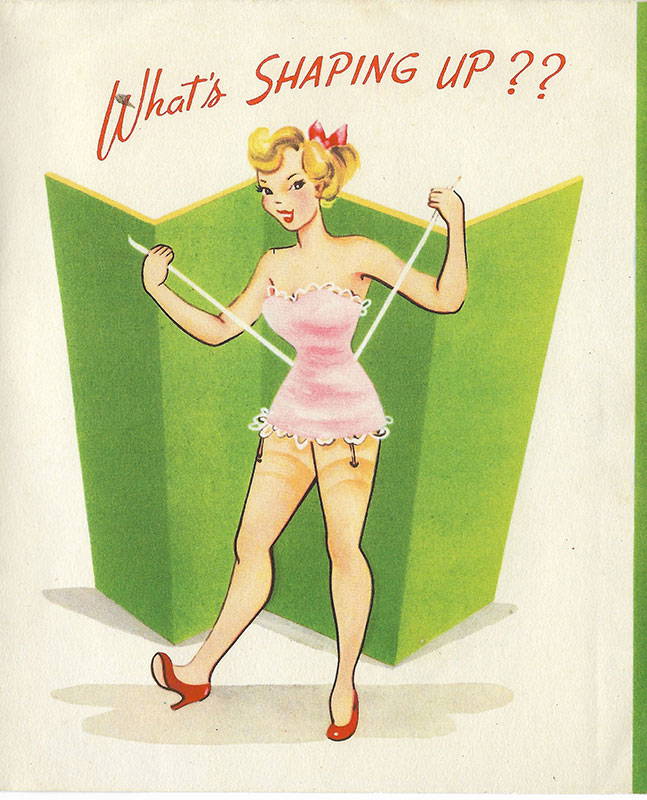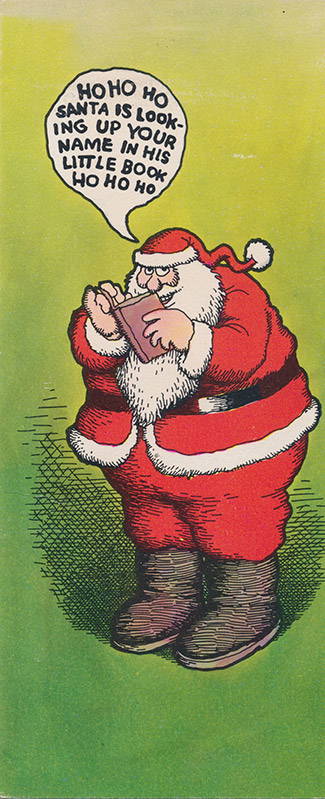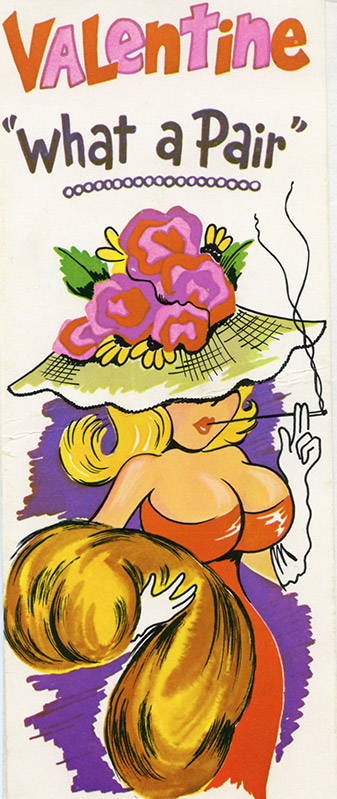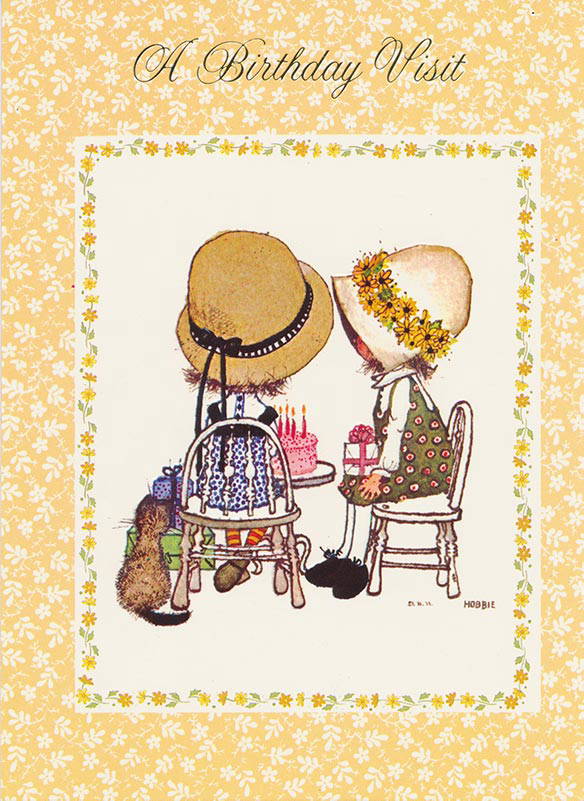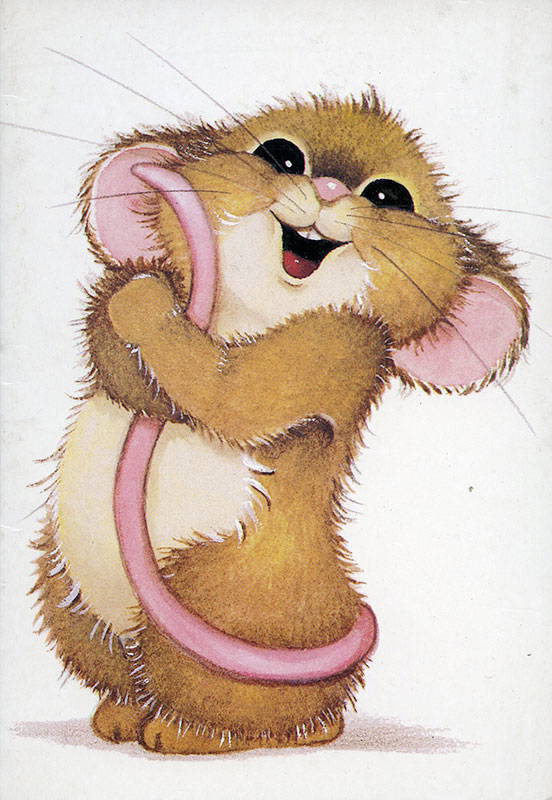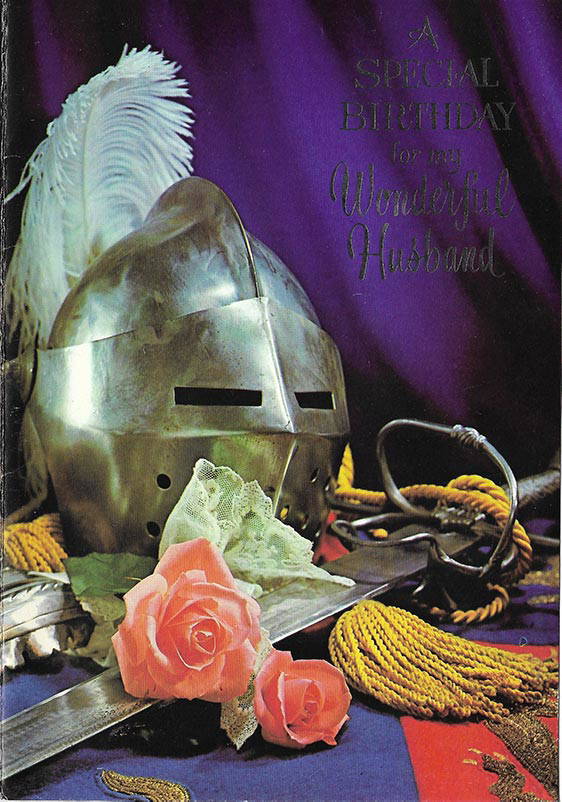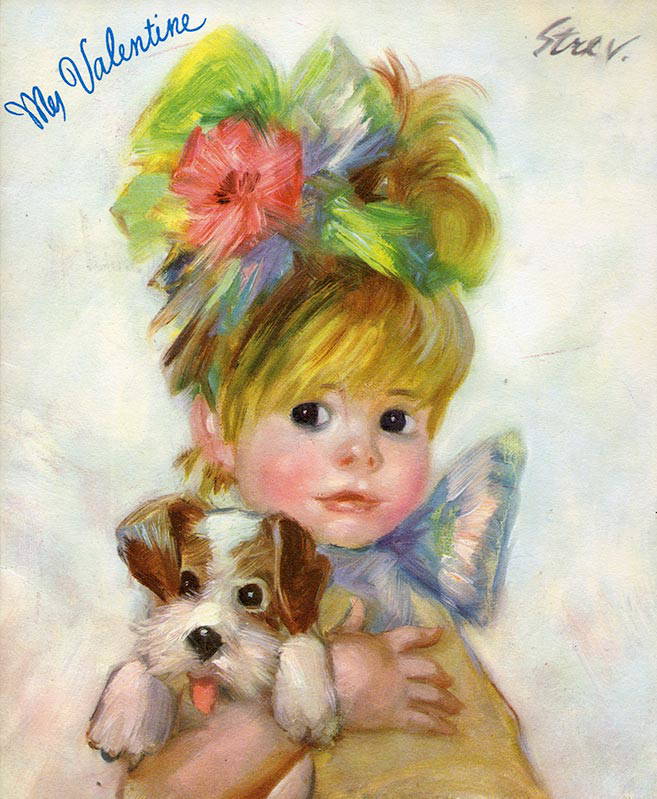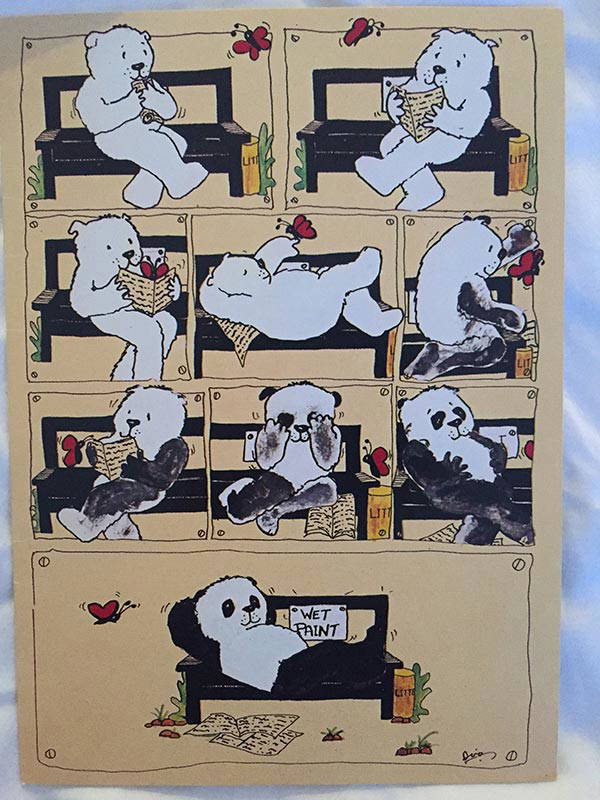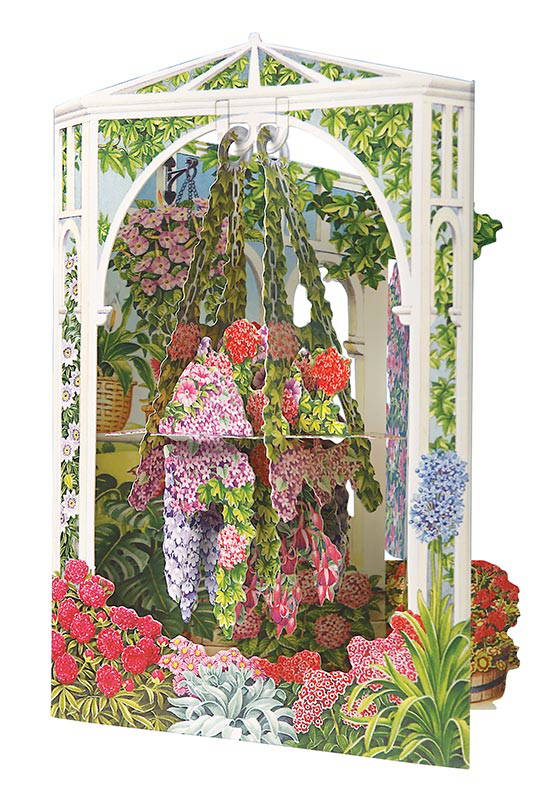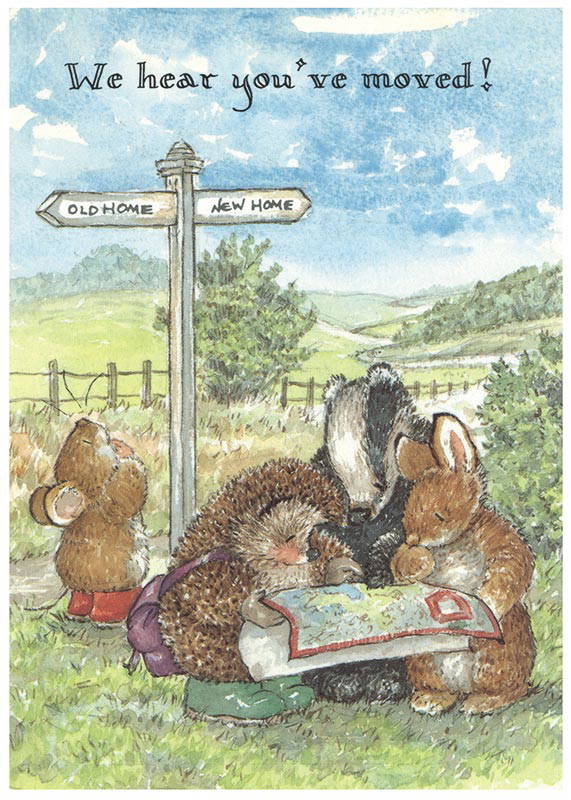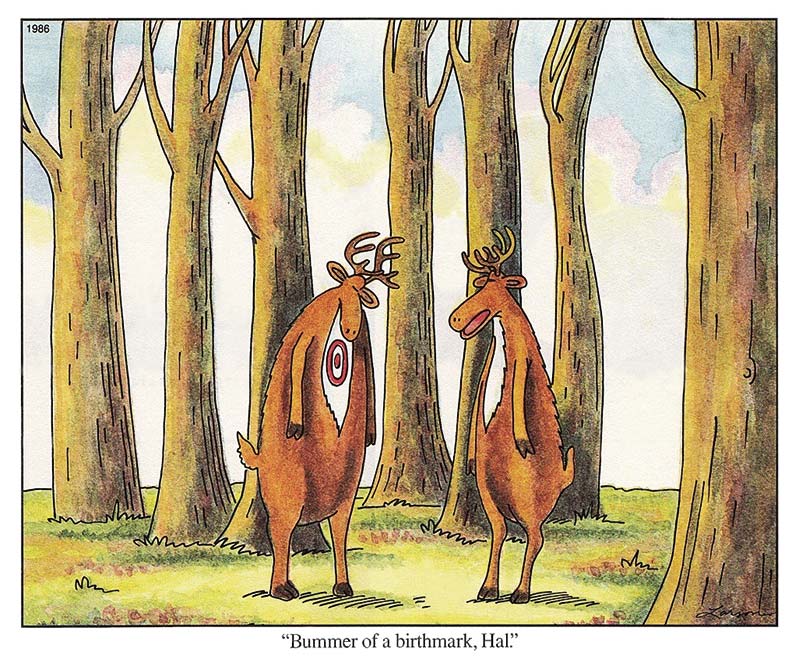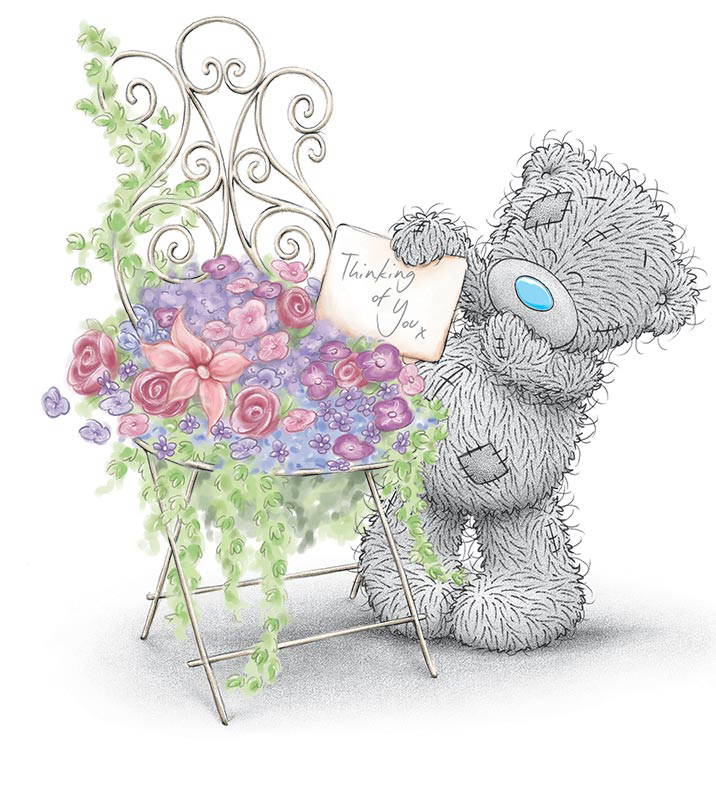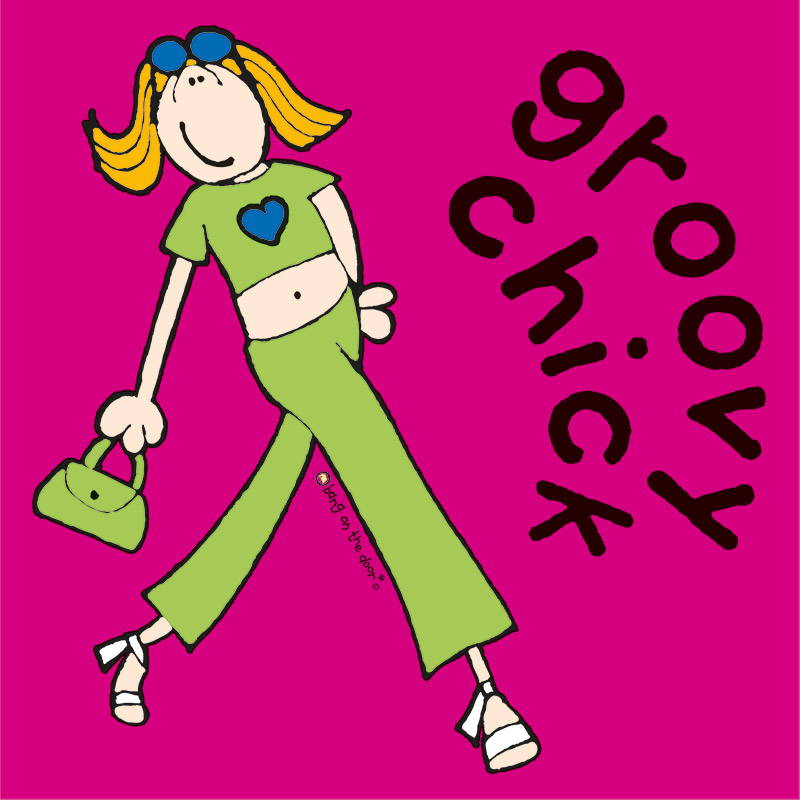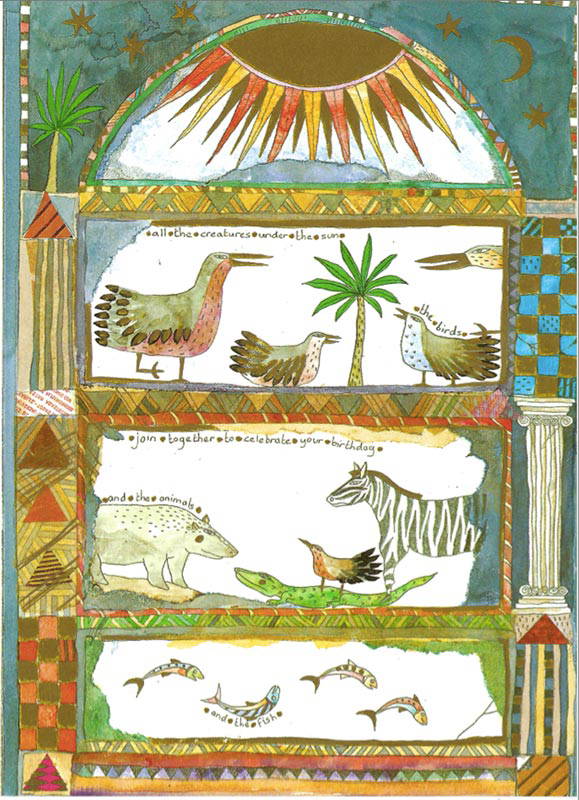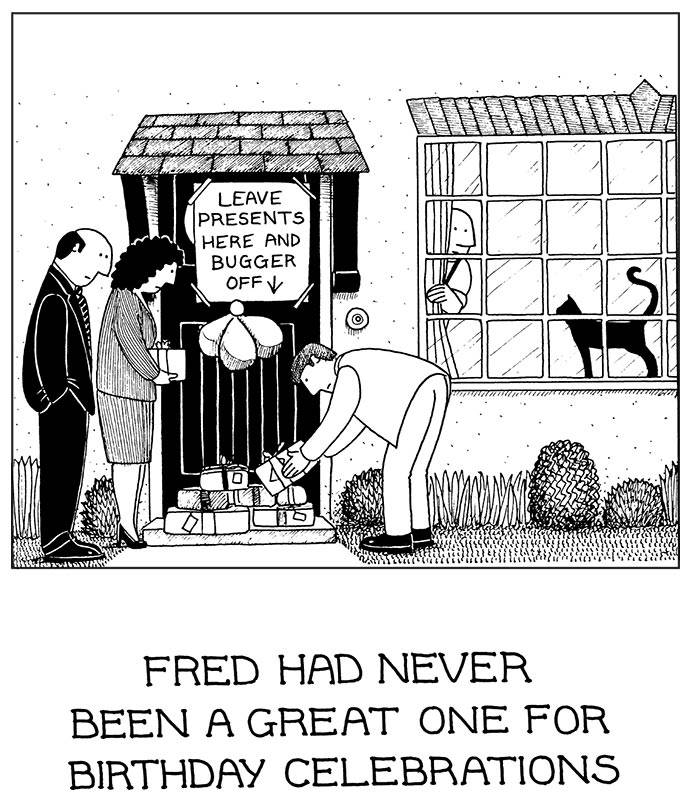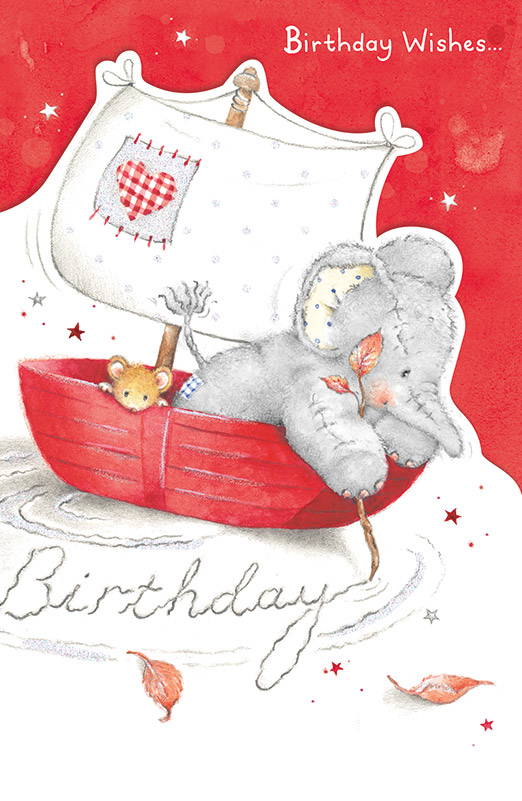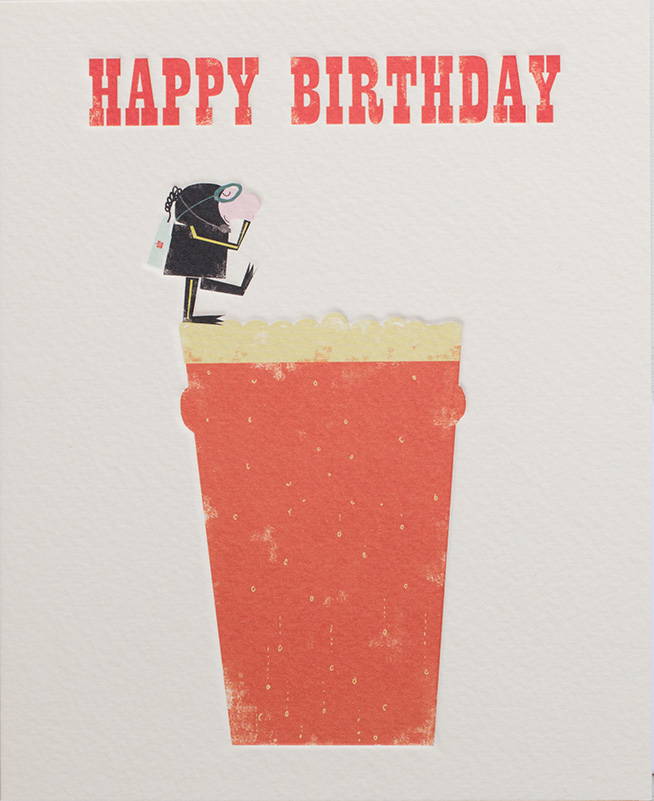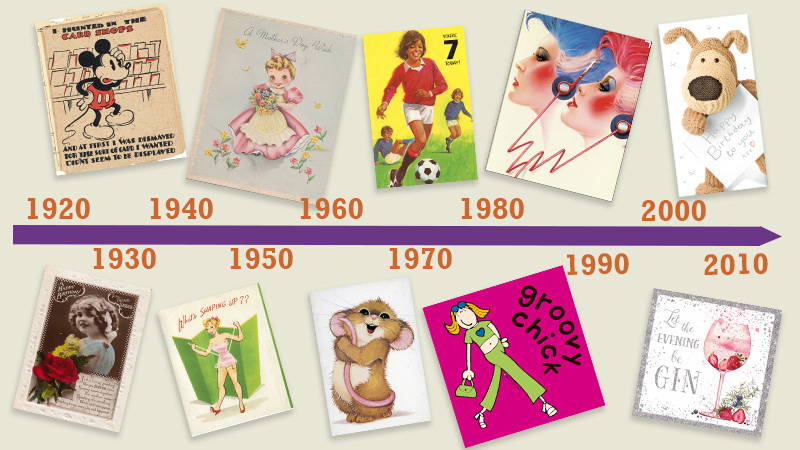
In 2019 the Greeting Card Association celebrated it’s Centenary. As part of our celebrations we gathered together this collection of greeting cards from the last 100 years. This collection is available as an exhibition for GCA members to borrow.
Cards are a social history record
UK greeting card consumers spend in incredible £1.7 billion on greeting cards in the year that we celebrated our Centenary, according to the GCA annual Greeting Card Market Report for 2019, with Brits sending more cards per capita than any other nation. Greeting cards remain a champion product for high street retailers, with 94% of them bought in ‘bricks and mortar’ shops, and equally encouragingly, Millennials (18-34 year olds), the so-called ‘digital generation’, are sending more cards than their previous generation.
The UK greeting card publishing sector is a vibrant creative world, encompassing a host of small start-ups, many thriving entrepreneurial businesses and a few notable multi-nationals. Collectively, the card ranges they produce are the envy of the world, accepted global leaders in greeting card design and innovation, drawing on the production expertise of dedicated suppliers to bring their creative prowess to market.
Cards are a great social history record, with designs reflecting the times in which they were sold. Over the last 100 years millions of cards have been published, each one appropriate to the social social environment of it’s time. In this article we give a glimpse of how these designs have changed over the last century.
Choose a decade…
Exhibition available for members to use
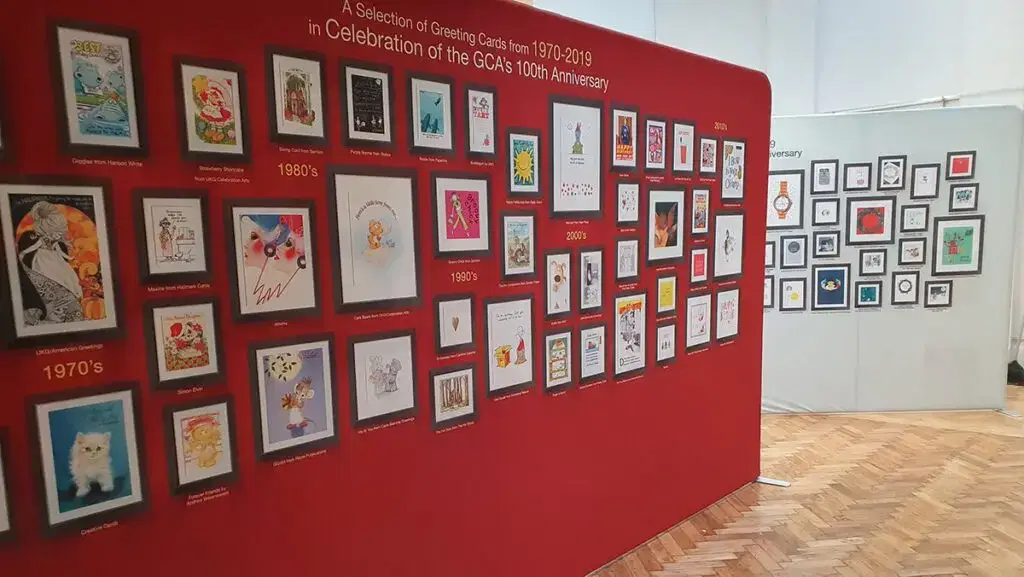
This exhibition is available for members to borrow. It is displayed as two gorgeous screens, are each supported by a metal frame, which packs down, a bit like a tent, into a sturdy canvas carry case. Packed up the case is 80 x 32 x 22cm. Read more about the exhibitions displays.
More on the History of Greeting Cards
See the GCA’s series of History Blogs for more on the history of our wonderful industry and the occasions we celebrate.
Greeting cards continue to grow as a popular way to communicate and convey sentiment. Take a look at the gallery on our Thinking Of You website for lots of new and innovative cards.

